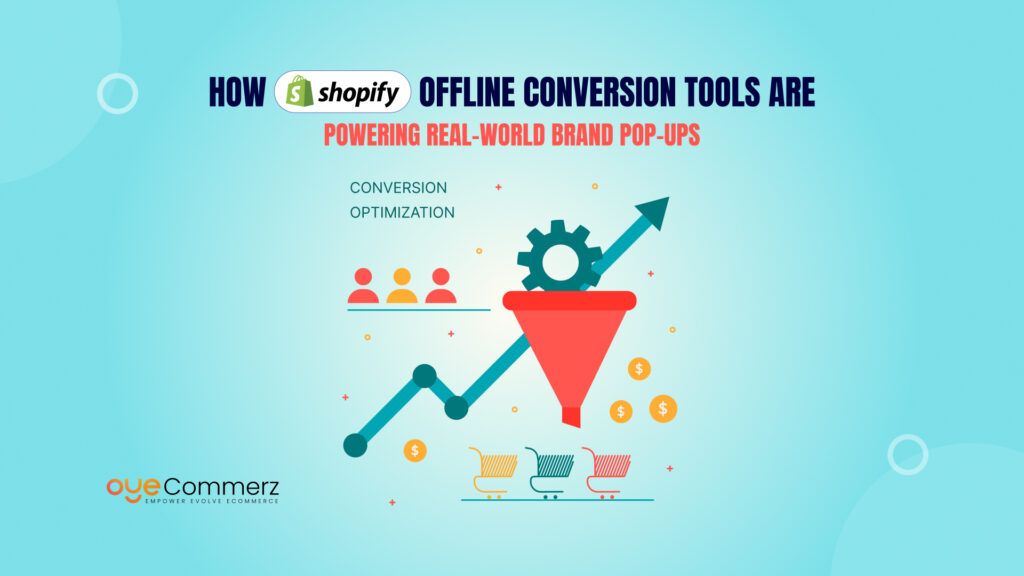Table of Contents
Toggle
What is Shopify and Squarespace?
Shopify
Shopify is an all-in-one hosting solution that is created with the Internet shopping merchant and retail point of purchase in mind. Shopify started its journey in 2006, and today it is one of the most successful e-commerce platforms that help more than a million companies. It has a strong package of tools suitable for business enterprises of small and large sizes, the tools and equipment range from product management tools to customer relationship tools.
Squarespace
On the other hand, Squarespace was developed as early as 2003 as an internet marketing tool that focused on creating websites for creative workers, bloggers, and money-making sites. Specifically, Squarespace is famous for a number of design-related templates, meaning that the users will get beautiful website layouts developed without having specific programming skills. Like Magento, OS Commerce extends the focus on e-commerce functionalities yet it has more advantages in terms of versatility when it comes to the site’s design and in working under a non-technical client’s request.
Shopify vs Squarespace: Head-to-Head (Key Differences)

Key Differences between Shopify and Squarespace
1. Easy of Use
- Shopify: Shopify is actually built to be very easy to use, however like most complex platforms it does take time to get used to it especially if the user has not been used to using an e-commerce software. It has a simple and clean-looking dashboard that contains a plethora of features that for a new user might seem a tad overwhelming but in essence, the program gives the user full control over every aspect of an online store. Some of the extra customizations may require more time for the setup, but Shopify is easy to use thanks to the setup wizard available; additionally, Shopify offers very detailed guides and round-the-clock client support for those who need a helping hand with the setup.
- Squarespace: Squarespace also has a clear advantage when it comes to functionality just as a starting website builder. Website creation is easy with Bluehost due to the availability of its drag-and-drop editor and a variety of templates. The graphical user interface of P2PU is quite elegant and the general look of the website emphasizes good and distinctive design. It also works well for those who want a visually stunning site with minimal Features related to e-commerce.
2. Design and Templates
- Shopify: Some themes available on Shopify are free, and mobile responsive and others come with a price while most of the themes are also customizable. Thanks to its options, it is also solid; however, they can extend to the level of HTML and CCS if you want to make numerous changes. The types of themes in Shopify are created for the e-commerce niche and have a direct impact on the logical points of the storefront design.
- Squarespace: Squarespace has a nice and modern design on its homepage, which showcases some of the best website templates available. Every single template is responsive and optimized for mobile devices Furthermore, all the templates are suitable for portfolio and blog websites and for small online shops because all templates allow featuring high-quality images and pictures. Using the drag-and-drop editor, it is simple to create your layouts depending on your preference and personal brand, though occasional or significant alterations of the layouts can only be better done using some coding language.
3. E-commerce Features
- Shopify: Shopify has countless facilities for operating its users’ online stores due to the fact that it is designed as an exclusive e-commerce solution. Some of these are unrestricted product listing, multiple selling points like social media selling and POS, enhanced stock control, cart recovery, and many payment processors. It also provides the scope of apps and integration to extend the functionality of the shop or store.
- Squarespace: Squarespace does support e-commerce but the features are limited in comparison to the ones that Shopify offers. It lets users create and operate their online stores for selling products, doing inventory, and accepting payments; however, it does not include certain sophisticated tools such as the abandonment of cart recovery and integration with many third-party services. Squarespace offered sophisticated features for simple stores with few functions that can be compared with Shopify.
4. Payment Gateway and Transaction Cost
- Shopify: Concerning the payment options for sales, there is a list of checkout options including; PayPal, Stripe, and Shopify payments. Shopify has transaction fees for using other processors, but it does not apply if you are using Shopify Payments.
- Squarespace: Squarespace allows for a combination of a few payment gateways such as Stripe and PayPal. In contrast to Shopify, Squarespace does not also add extra transaction rates that accrue from the payment gateways.
5. SEO and Marketing Tools
- Shopify: Shopify has a fairly advanced SEO functionality where users can adjust the title and meta tags, URL structure, etc. It also offers several features to help merchants market their stores, including coupons, gift certificates, email marketing options, and social media options. Some of its notable features for marketing are price lists, and product comparisons These are additional marketing apps in Shopify’s app store.
- Squarespace: Title tags and meta descriptions that can be customized are also standard incorporated in Squarespace SEO tools. It also has some in-built features for marketing such as the facility to send emails and integrate organization profiles in social networks, as well as the possibility of using promotional stickers on the website. As for the marketing tools, Squarespace although not as diverse as Shopify provides the commonly and adequately required for SMBs.
6. Pricing
- Shopify: Shopify offers its packages at $29, $79, and $299 which reflects the number of features available for use in each package. The e-commerce package of the features and services is minimal in the basic plan, whereas professional reports and customized shipping costs from third parties are available in the higher plans.
- Squarespace: Pricing of the Squarespace channels is slightly lower starting at $16 and going up to $54 a month. The e-commerce plans begin at $27 per month and the additional features consist of endless products, no percentages on transactions, and analytics.
7. Scalability
- Shopify: As mentioned earlier, the scalability is exceptional on Shopify, it is possible to use it as a base for a small beginning to expand to a huge company. It can support an infinite amount of products and a potentially limitless amount of transactions, and the large app store lets businesses integrate more features over time.
- Squarespace: It is most suitable for small to medium-sized enterprises especially those that are into design. It can do e-commerce, but it may not be as ideal for very large organizations that may have some specialized requirements because it offers less in the way of e-commerce tools.
Benefits of Migrating from Squarespace to Shopify

For businesses primarily using Squarespace but looking to enhance their e-commerce capabilities, migrating to Shopify can offer several benefits:
- Enhanced E-commerce Features: From the analysis, it is clear that Shopify comes with a wider range of e-commerce tools hence making it easier to manage and expand the online business.
- Better Payment Processing: Shopify supports a multitude of payment gateways and has cheaper transaction fees if the business uses Shopify Payments.
Advanced Inventory - Management: Shopify offers its users an outstanding handling of inventory and it allows businesses to monitor their stock, manage several locations, and even reorder automatically.
- Scalability: Shopify is scalable and built to manage large inventory and a large number of orders for your store.
- Extensive App Ecosystem: The advantages of using Shopify are a large number of applications in the app store that can expand the functionality of the store, for example, with enhanced analytics, customer loyalty programs, etc.
Take Your E-Commerce Business To The Next Level with OyeCommerz!
At OyeCommerz, we specialize in delivering flawless eCommerce migration services customized for your industry.
Our experienced team guarantees a hassle-free transition with minimal downtime, ensuring your online presence is optimized.
Let’s build a powerful Shopify store for your business! Get started today. Contact Us Now
Contact to Migrate your Site to Shopify Now
Conclusion
Shopify or Squarespace, which one to choose depends on the business and its specific requirements. Shopify is an exceptional, independent e-commerce software that is rich in features and easily customizable, it is thus appropriate for business that centers on e-commerce. At the same time, Squarespace has a more focused set of tools that are oriented on beautiful design and some basic e-commerce features which will be useful for companies that appreciate design and do not need complex tools.
Overall, migration from one platform to another is beneficial depending on the intended objectives of an organization. Switching to Shopify can increase your e-commerce features, payment system, and many apps. On the other hand, moving to Squarespace may result in having a consistent and efficient design and content management platform, low costs, and ease of managing the website.




